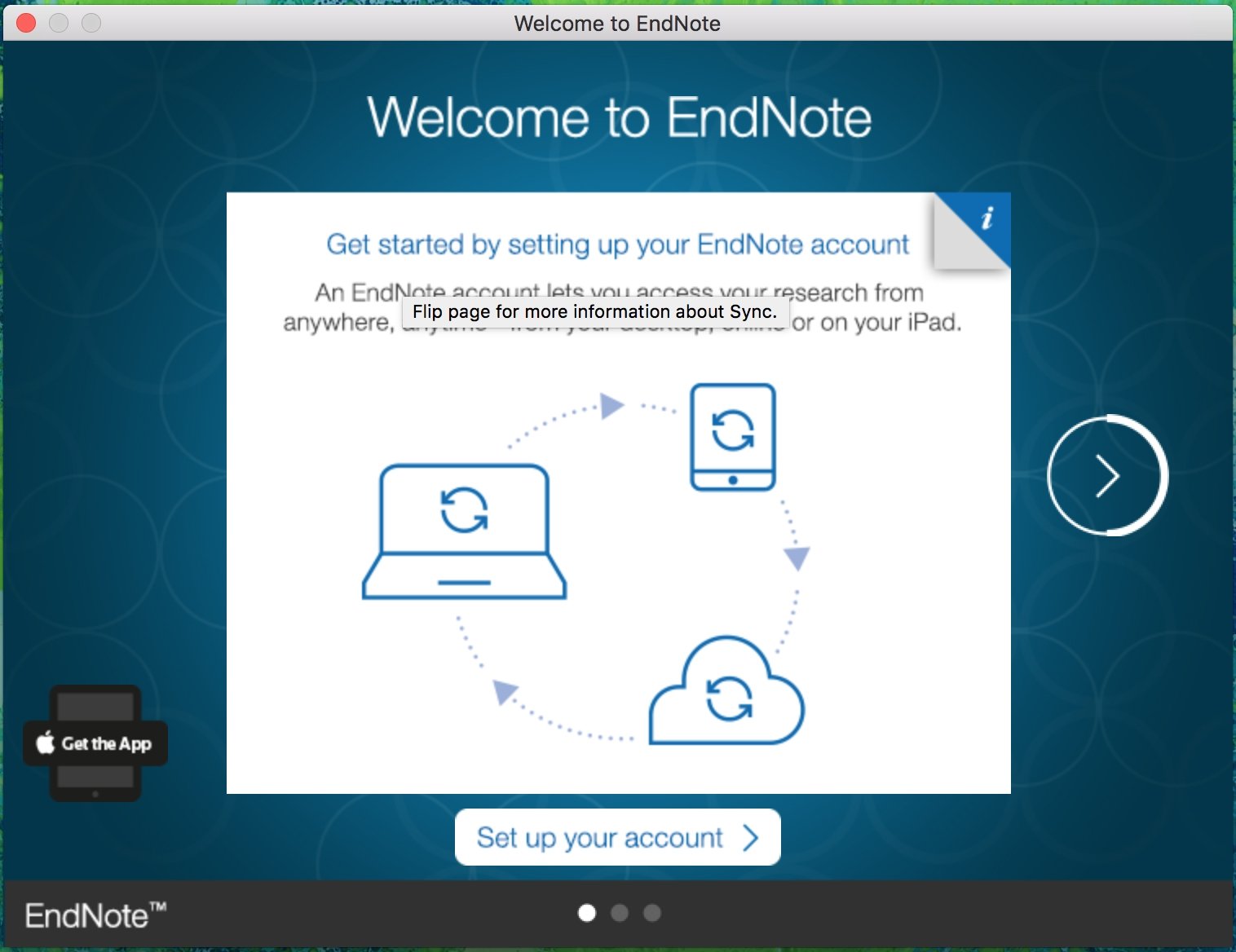

With Zotero, adding a reference from an online repository to your database takes exactly one click. 2 Zotero seamlessly integrates with this online experience by automating the wearisome labour of saving references and by offering many ways to manage and enrich the data thus collected. The rise of online repositories like JSTOR, ProQuest, SpringerLink, and Google Scholar has caused a shift in our research habits we spend more time browsing virtual libraries, and less time hanging around in physical ones. What makes Zotero so good? Seamless integration with online researchįirst of all, Zotero answers the needs of researchers in the digital age. The Zotero interface offered everything I had been missing in Endnote and then some. I could simply import my Endnote library and started a testdrive. A Google search led me to Zotero, which was a breeze to install. I had some difficulty getting the two to work together, and when I finally did, there were drawbacks that made me look out for an alternative. 1 Endnote X included Endnote Web, a web-based implementation that looked interesting. It all started when I upgraded from Endnote 7 to Endnote X to get Unicode support. The background to this posting is that I made the move from Endnote to Zotero two months ago - and I have never since considered going back.

It bills itself as The Next-Generation Research Tool, and in this post I’ll try to explain why I think that’s true. Zotero is a free piece of software that lives in your browser, helping you to ‘collect, manage and cite your research sources’ in all sorts of beautiful ways. I wasn’t planning to make this a software weblog, but I’ll make an exception for Zotero because I think fellow researchers will find it an interesting tool.


 0 kommentar(er)
0 kommentar(er)
